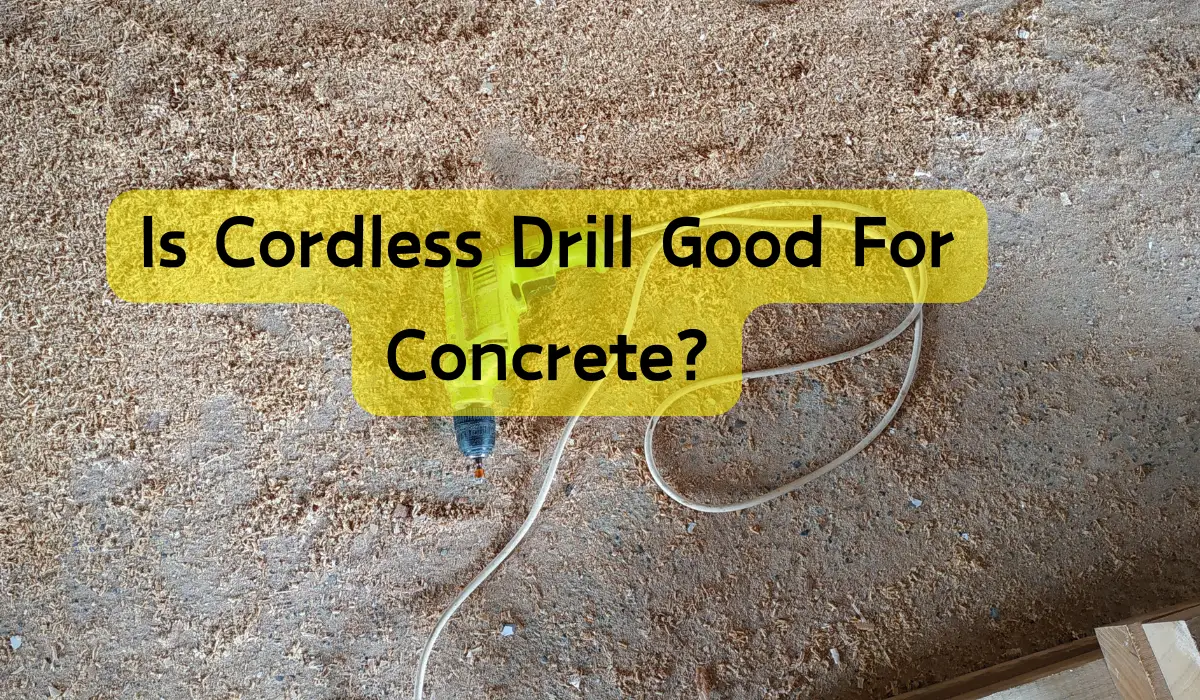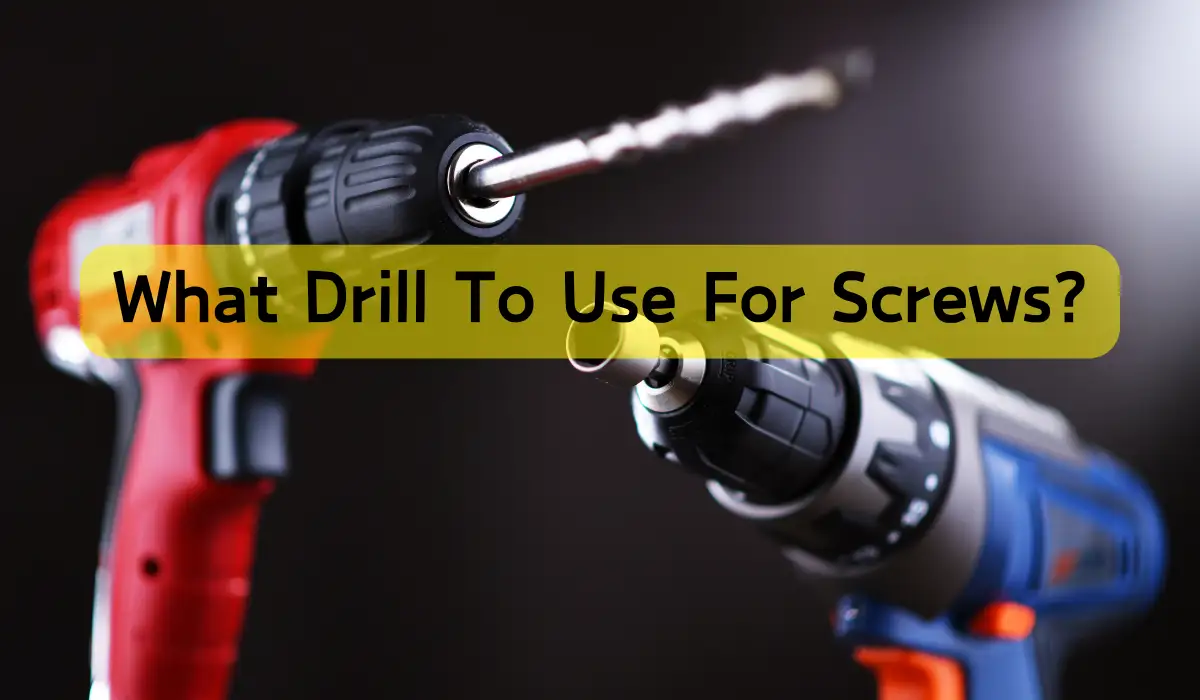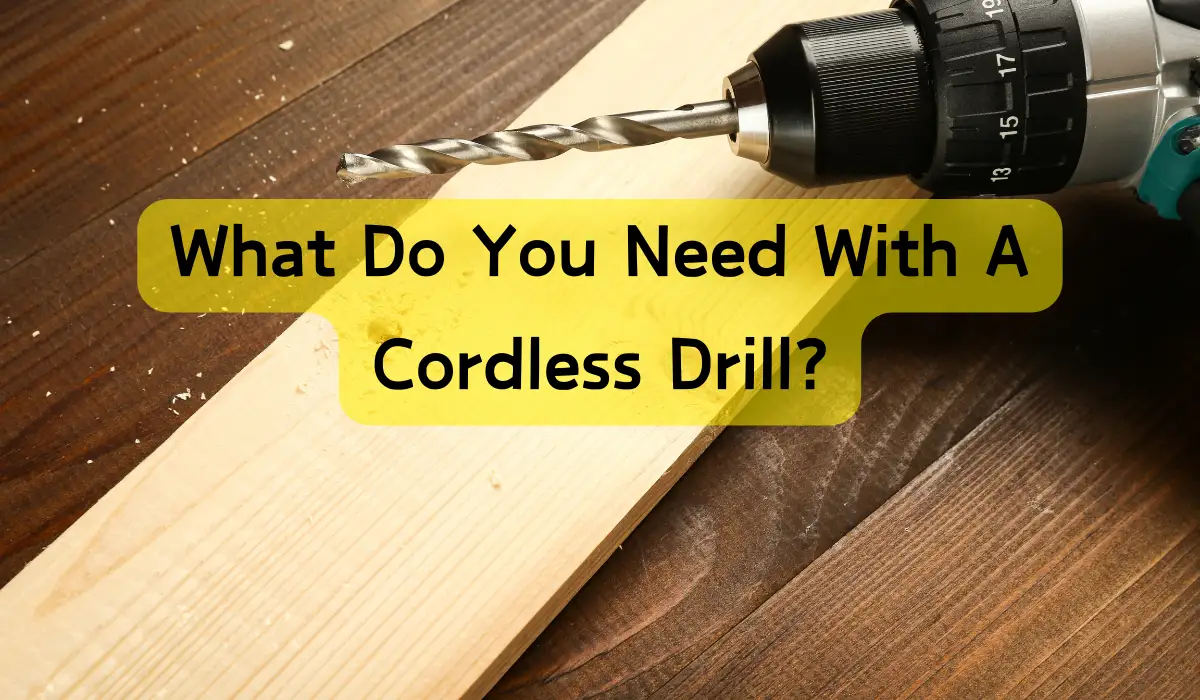You’ll need a cordless drill with sufficient power, speed, and a durable drill bit specifically designed for concrete to successfully tackle concrete projects. A high-voltage drill with a high torque rating and variable speed trigger will help you overcome concrete’s hardness and density. Don’t forget to choose a drill bit with tungsten carbide tips that can withstand intense friction and heat. With the right tools and a good understanding of what makes a drill suitable for concrete, you’ll be ready to take on your project – and there’s more to learn about making the most of your cordless drill.
Jump to
Key Takeaways
• A cordless drill can be suitable for concrete if it has sufficient power and speed, typically 18V or higher and 500-600 in-lbs torque.
• Choosing the right drill bit, specifically designed for concrete, is crucial for successful drilling, considering the type of concrete and hole size needed.
• Battery life and charging time are critical considerations for cordless drills on concrete projects, opting for high-capacity batteries and fast chargers.
• Real-world drilling performance tests can assess a cordless drill’s ability to efficiently penetrate concrete, evaluating its performance with different drill bits and anchors.
• A good cordless drill for concrete should drill holes quickly and accurately, handling vibrations well, and performing well in various drilling scenarios.
Cordless Drill Vs. Corded Counterparts
When it comes to drilling into concrete, you’re likely wondering whether a cordless drill or its corded counterpart is the better tool for the job. Both options have their pros and cons, which can make the decision-making process tricky.
Cordless drills offer more flexibility and convenience, allowing you to move around freely without worrying about cords getting in the way. They’re also often lighter and more ergonomic, reducing fatigue during extended use.
However, their batteries can drain quickly, especially when tackling tough materials like concrete. This might lead to frequent recharging, which can slow down your progress.
On the other hand, corded drills provide a constant and reliable power source, making them better suited for heavy-duty tasks. They’re often more powerful and can handle demanding projects with ease.
However, they can be restrictive due to the cord, which can get in the way or limit your movement.
Ultimately, the choice between a cordless and corded drill depends on your specific needs and preferences.
Choosing the Right Drill Bit
Selecting the right drill bit is essential to successfully drilling into concrete, as it directly impacts the speed, efficiency, and quality of your work.
You’ll want to choose a bit that’s specifically designed for concrete, as they’re engineered to handle the hard, abrasive nature of this material. Look for bits with tungsten carbide tips, which are incredibly durable and resistant to wear.
These bits are designed to withstand the intense friction and heat generated when drilling into concrete.
When selecting a drill bit, consider the type of concrete you’ll be working with. For example, if you’re drilling into a particularly hard concrete, you may want to opt for a bit with a more aggressive angle or a specialized tip designed for extra-tough materials.
You should also think about the size of the hole you need to create and choose a bit that corresponds to that size.
Power and Speed for Concrete
To tackle concrete, you’ll need a drill that packs enough power and speed to overcome the material’s notorious hardness and density. A cordless drill with sufficient power and speed will help you complete tasks efficiently and effectively.
When it comes to power, look for a drill with a high voltage (18V or higher) and a high torque rating (around 500-600 in-lbs). This will guarantee that your drill can handle the demands of concrete drilling.
In terms of speed, a variable speed trigger or a drill with multiple speed settings will give you more control over the drilling process. This is particularly useful when working with different types of concrete or when switching between drilling and driving tasks.
Here’s a rough guide to help you choose the right drill for concrete:
| Drill Type | Voltage | Torque (in-lbs) | Speed (RPM) |
|---|---|---|---|
| Entry-level | 12V | 200-300 | 0-400 |
| Mid-range | 18V | 400-500 | 0-600 |
| Heavy-duty | 20V | 600-800 | 0-1,000 |
| High-torque | 24V | 800-1,000 | 0-1,200 |
| Industrial | 36V | 1,000-1,200 | 0-1,500 |
Battery Life and Charging Time
You’ve got the power and speed you need to tackle concrete, but now it’s time to think about how you’ll keep your drill running and ready to go throughout the job, which is where battery life and charging time come into play.
When you’re working on a concrete project, the last thing you want is for your drill to run out of juice in the middle of a vital task. That’s why it’s vital to think about the battery life of your cordless drill.
Look for a drill with a high-capacity battery that can handle the demands of drilling into concrete. A battery with a high ampere-hour (Ah) rating will generally provide more power and longer runtimes.
You should also ponder the charging time, as you don’t want to be stuck waiting for hours for your drill to recharge. Opt for a drill with a fast charger that can get your drill back up and running quickly.
With a reliable battery and quick charging, you’ll be able to focus on getting the job done efficiently and effectively.
Real-World Drilling Performance Tests
In real-world drilling performance tests, your cordless drill’s ability to efficiently penetrate concrete is put to the ultimate test.
You’ll want to see how well it handles different types of concrete, from soft to hard, and how it performs with various drill bits and anchors.
During these tests, you’ll notice that a good cordless drill should be able to drill holes quickly and accurately, without overheating or losing power.
You’ll also want to pay attention to how well it handles vibrations, as excessive vibrations can be a sign of a struggling drill.
In your tests, make sure to try out different drilling scenarios, such as drilling into a concrete block or a concrete wall.
You might also want to test its ability to drill through metal anchors or rebar.
Frequently Asked Questions
Can a Cordless Drill Be Used for Large-Scale Concrete Projects?
When tackling large-scale concrete projects, you’ll need a drill that can keep up. While a cordless drill is convenient, it might not provide the continuous power and endurance required for massive concrete tasks, leaving you wondering if it’s the best choice.
How Often Should Drill Bits Be Replaced for Optimal Performance?
You’ll know it’s time to replace your drill bits when they start to show signs of wear, like dullness or damage. Typically, you should swap them out every 3-6 months or after 50-100 uses for peak performance.
Are Cordless Drills Suitable for Concrete Mixing and Blending?
You’re wondering if cordless drills are suitable for concrete mixing and blending? Honestly, they’re not ideal; the high torque and heavy-duty demands of concrete work may drain your battery quickly and put excessive wear on the motor.
Can a Cordless Drill Be Used in Areas With High Humidity?
When working in humid areas, you’ll want to guarantee your cordless drill is built for moisture resistance. Check the IP rating, and if it’s not specified, consider a drill with a water-resistant design or look into humidity-resistant accessories.
Are Cordless Drills More Prone to Overheating Than Corded Drills?
You’re wondering if cordless drills are more prone to overheating than corded drills. The answer is yes, you’re more likely to experience overheating with cordless drills due to their battery-powered motors and compact design, which can lead to heat buildup.




